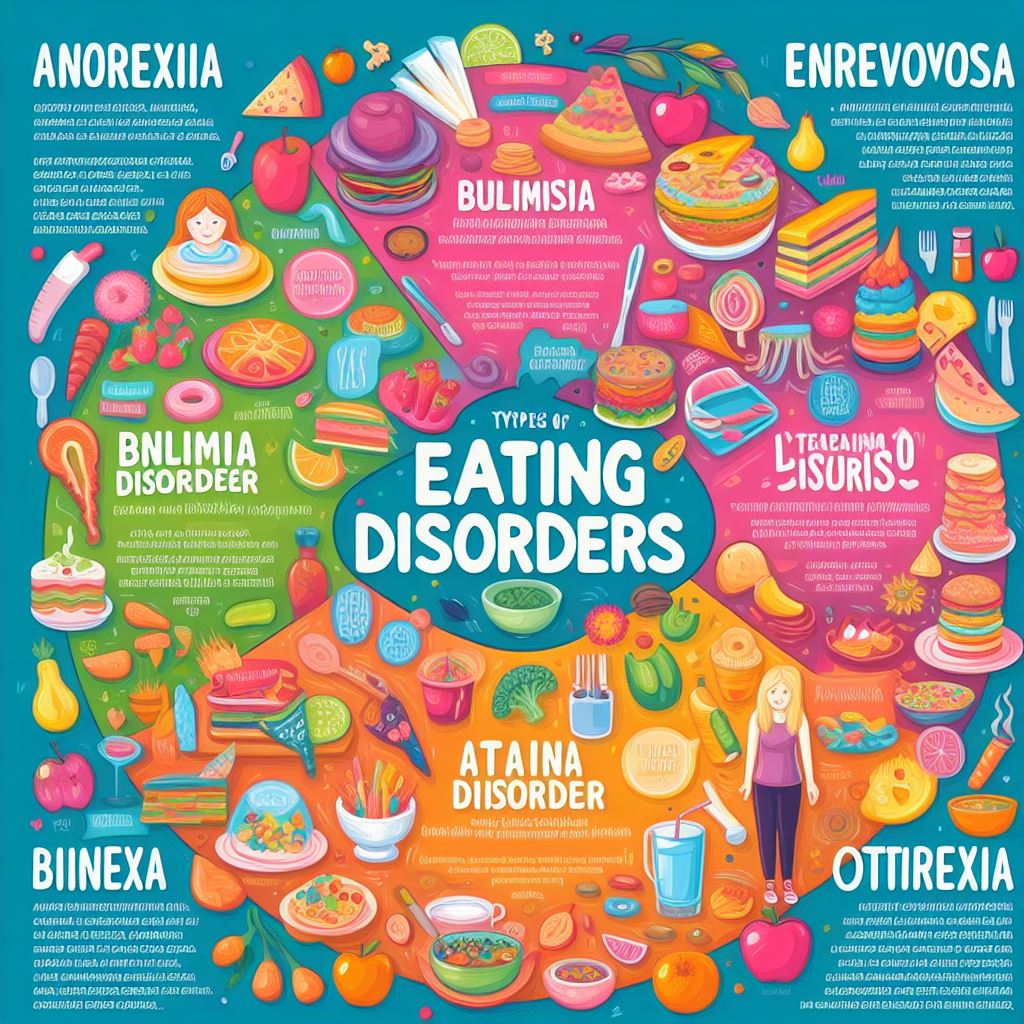Both bulimia nervosa and anorexia nervosa are serious eating disorders with potentially life-threatening consequences. They are distinct conditions with unique symptoms and health risks, making it difficult to definitively declare one as “worse” than the other. However, it’s crucial to understand the characteristics, impacts, and treatment approaches for each disorder to grasp their severity and complexity.
Anorexia Nervosa:
Anorexia nervosa is characterized by an intense fear of gaining weight and a distorted body image leading to extreme food restriction and often excessive exercise. Individuals with anorexia may see themselves as overweight even when they are severely underweight. Some common symptoms of anorexia include:
- Severe weight loss: Individuals with anorexia typically have a body weight significantly below what is considered healthy for their age, height, and build.
- Obsession with food and weight: Constant thoughts about food, calories, and weight control dominate the individual’s mind.
- Distorted body image: An unrealistic perception of body weight and shape, often leading to excessive fear of gaining weight.
- Excessive exercise: Engaging in relentless physical activity to burn calories and control weight.
- Social withdrawal: Avoiding social gatherings involving food, isolation from friends and family.
- Physical health complications: Anorexia can lead to a range of health problems, including cardiovascular issues, electrolyte imbalances, osteoporosis, and even organ failure.

Bulimia Nervosa:
Bulimia nervosa involves episodes of binge eating followed by compensatory behaviors such as self-induced vomiting, misuse of laxatives, diuretics, or excessive exercise to prevent weight gain. Unlike anorexia, individuals with bulimia may maintain a relatively normal weight, making it harder to detect. Key symptoms of bulimia include:
- Binge eating: Consuming large amounts of food within a short period, often feeling a lack of control during these episodes.
- Purging behaviors: Attempting to rid the body of calories and prevent weight gain through vomiting, fasting, or excessive exercise.
- Guilt and shame: Feelings of guilt and shame about binge eating episodes and efforts to conceal these behaviors.
- Dental issues: Frequent vomiting can lead to dental erosion, cavities, and other oral health problems.
- Gastrointestinal problems: Regular purging can cause gastrointestinal issues such as acid reflux, electrolyte imbalances, and dehydration.

Comparing Severity:
Determining which disorder is “worse” depends on various factors, including individual health, medical complications, and personal circumstances. Both anorexia and bulimia pose significant risks to physical and mental well-being, and both require comprehensive treatment approaches.
However, anorexia nervosa is often considered more immediately life-threatening due to the severe weight loss and potential for organ damage. The restrictive nature of anorexia can lead to malnutrition, electrolyte imbalances, and cardiac complications, which can be fatal if left untreated.
On the other hand, bulimia nervosa may be less immediately life-threatening in terms of physical health risks, especially if the individual maintains a normal weight. However, the cycle of binge eating and purging can still have serious consequences on physical health, including dental issues, gastrointestinal problems, and electrolyte imbalances.
Furthermore, both disorders carry significant psychological burdens, including depression, anxiety, and suicidal ideation. The shame and guilt associated with binge eating and purging behaviors can also impair daily functioning and quality of life.

Treatment Approaches:
Effective treatment for both anorexia and bulimia often involves a multidisciplinary approach, including medical, nutritional, and psychological interventions. Some common treatment modalities include:
- Medical stabilization: Addressing immediate health concerns such as malnutrition, electrolyte imbalances, and cardiac complications.
- Nutritional therapy: Working with a registered dietitian to establish regular eating patterns, restore weight, and address nutritional deficiencies.
- Psychotherapy: Cognitive-behavioral therapy (CBT), dialectical behavior therapy (DBT), and interpersonal therapy (IPT) are commonly used to address the underlying psychological factors contributing to the eating disorder.
- Medication: In some cases, antidepressants, antipsychotics, or mood stabilizers may be prescribed to manage co-occurring mental health conditions such as depression or anxiety.
The choice of treatment approach depends on individual needs, severity of symptoms, and the presence of any co-occurring conditions. It’s essential for individuals with eating disorders to receive ongoing support from a qualified treatment team, including therapists, physicians, dietitians, and other specialists.
In conclusion, both bulimia nervosa and anorexia nervosa are serious mental health conditions with potentially devastating consequences. While anorexia may be considered more immediately life-threatening due to severe weight loss and physical complications, bulimia also poses significant risks to physical and mental well-being. Early intervention and comprehensive treatment are crucial for recovery from both disorders, emphasizing the importance of raising awareness, reducing stigma, and promoting access to evidence-based care.



